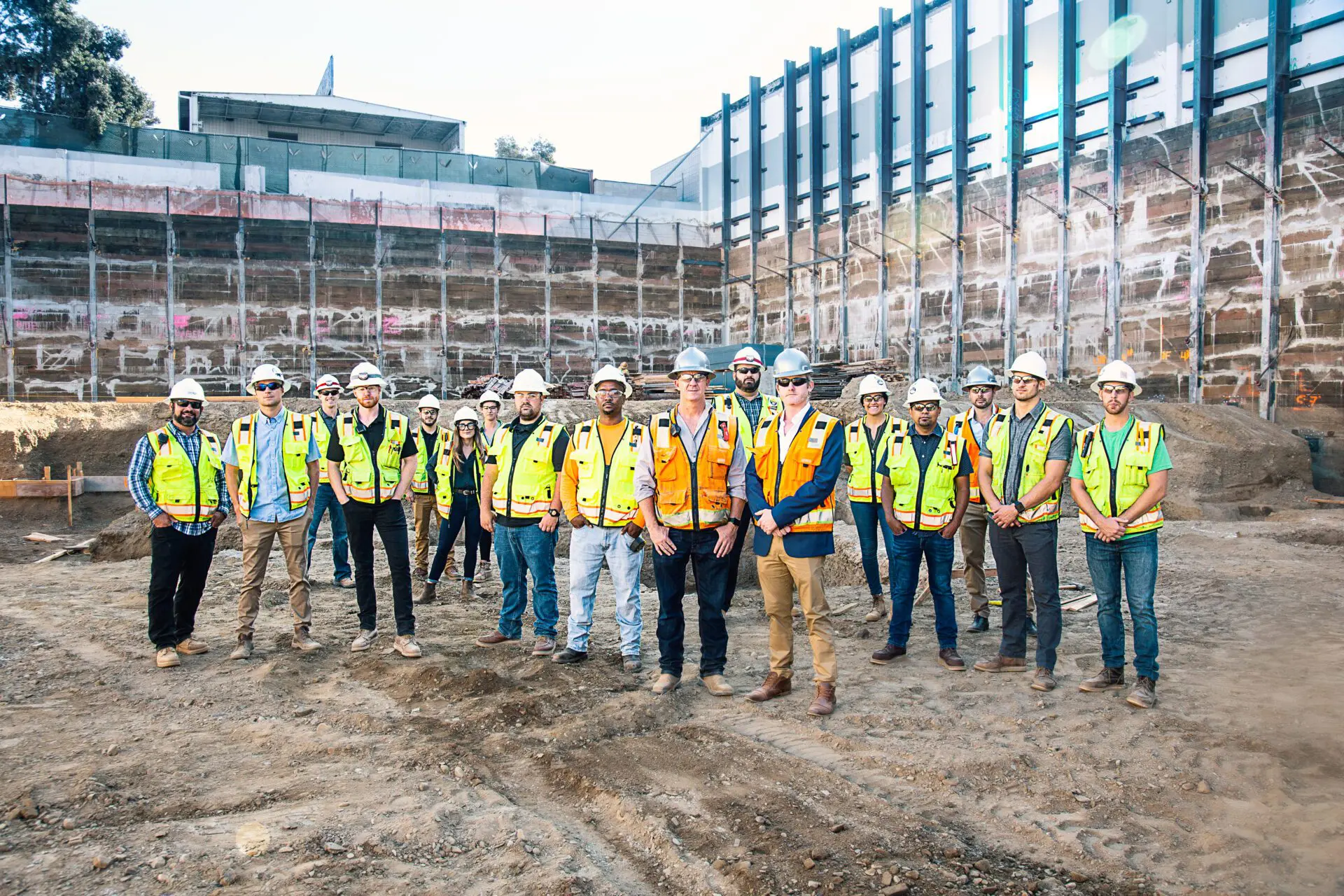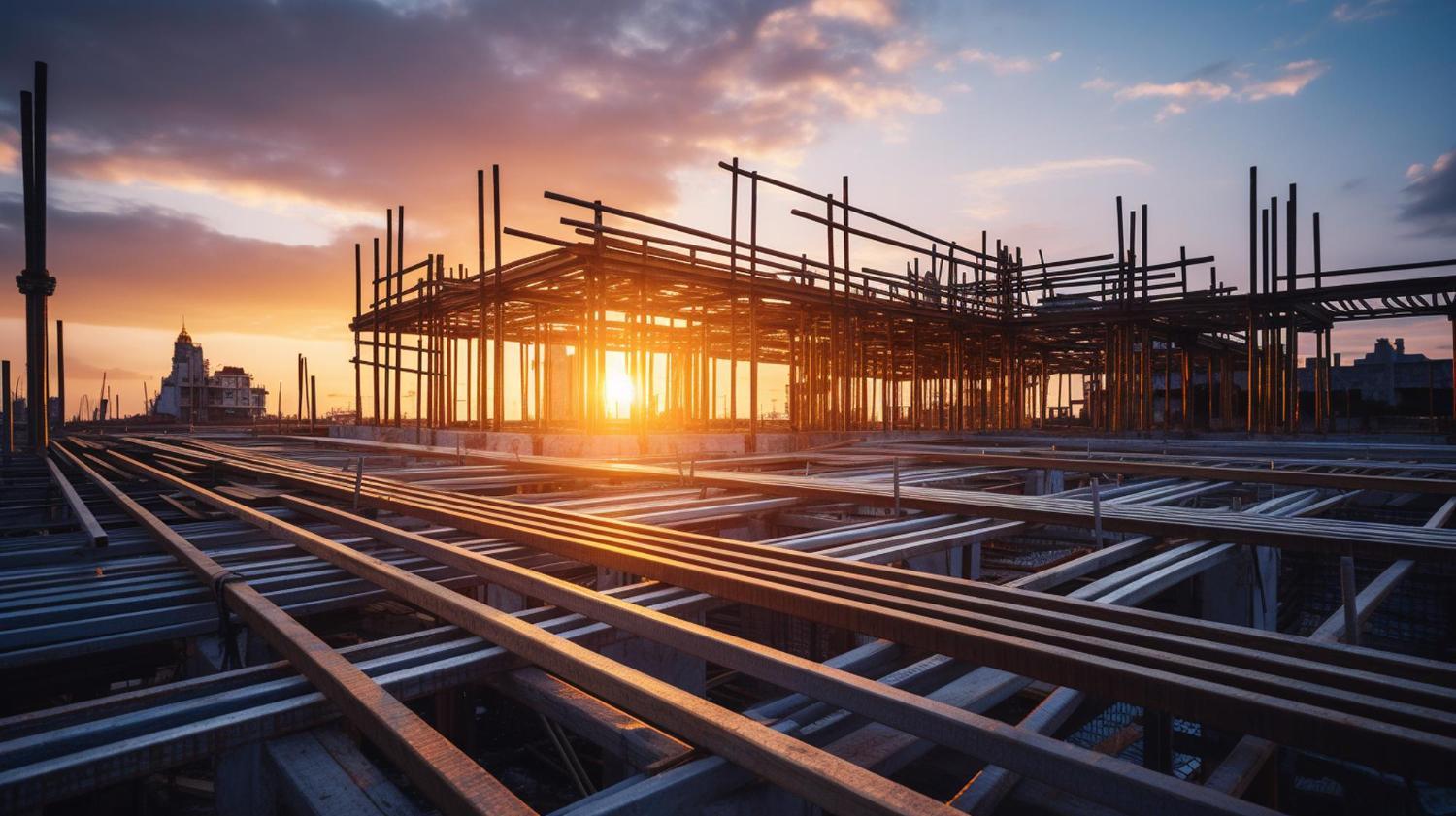Essential Techniques for Successful Marine Construction Projects
Projects involving marine building provide special difficulties that call for certain knowledge and skills. Knowing the fundamental methods for marine construction will help one create good results whether building offshore structures, piers, or docks, particularly in Marine Bulkheading SOE Construction. These are some important ideas to give careful thought to for efficient project management.
Comprehensive Site Assessment
A comprehensive site survey is absolutely vital before any building starts. Evaluating environmental factors including ocean depth, tidal patterns, and seabed composition falls under this category. By means of geotechnical studies, one can ascertain the bearing capability of the soil as well as any possible impediments, including buried trash or natural formations. By means of this knowledge, engineers may create constructions capable of surviving aquatic environments, thus guaranteeing lifespan and safety.
Effective Project Planning
Good marine construction depends on a thorough project strategy. This covers specifying budgets, timetables, and resource distribution. The dynamic character of marine environments demands that the project plan be flexible. Think through possible seasonal fluctuations and weather disturbances that might influence the building timeline. Controlling risks and maintaining the project on schedule depend on contingency plans.
Specialized Equipment and Techniques

Many times, marine building calls for specific tools designed for underwater operation. Transportation of goods and completion of building projects depend on barges, dredges, and cranes built for marine conditions. Depending on the extent of the project, techniques such as underwater welding and pile driving can also be required. Using correct tools and methods ensures safety and effectiveness all through the building process.
Environmental Considerations
In marine construction, environmental preservation ought to be the first concern. By using best practices—silt curtains to reduce sediment dispersion and noise-absorbing techniques—you help save coastal environments. Environmental impact studies done before building might point up possible hazards and guide mitigating plans. Working with nearby environmental authorities and stakeholders guarantees regulatory compliance and promotes cooperation.
Continuous Monitoring and Maintenance
The lifetime of marine construction depends on continuous monitoring and maintenance even once the building stage is over. Schedules of regular inspections and maintenance enable to spot wear and tear, therefore guaranteeing quick repairs. By means of technology, including remote sensing and underwater drones, one can check the structural integrity of marine constructions without resorting to intrusive techniques.
Projects involving successful marine building call for a mix of careful planning, specific methods, and environmental considerations. Project managers can negotiate the complexity of marine construction and produce sustainable, durable, efficient buildings by concentrating on site evaluation, competent project management, material selection, and ongoing monitoring. Adopting these fundamental skills will produce favorable results in the always demanding marine environment. Specifically, implementing techniques like Marine Bulkheading SOE Construction can enhance structural integrity and provide effective shoreline protection.

